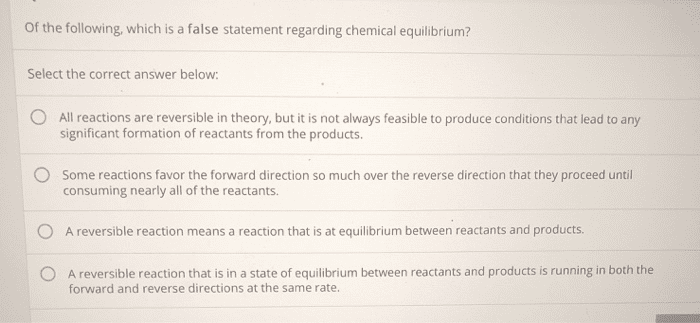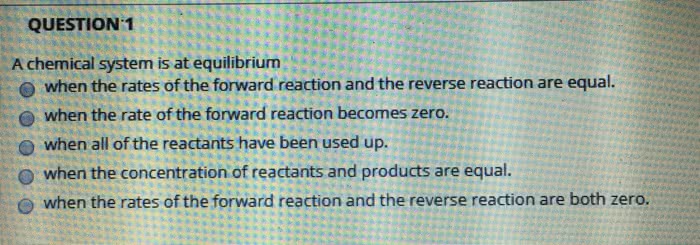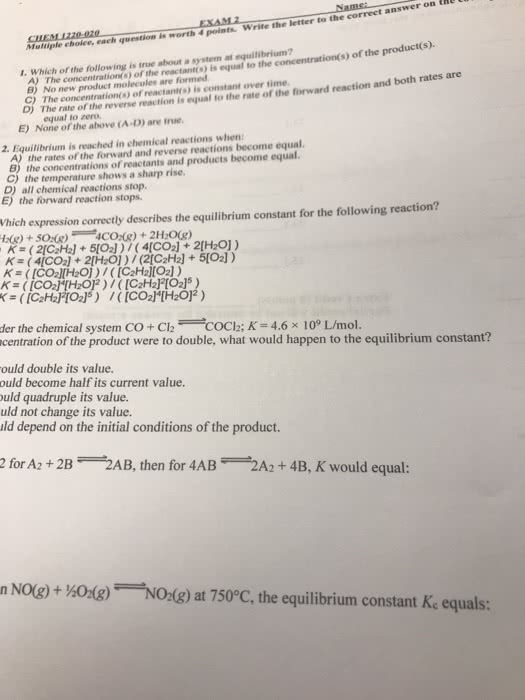CHEM 6B Chapter Notes - Chapter 19: Equilibrium Constant, Dynamic Equilibrium, Chemical Equation
Document Summary
Introduction: chemical reaction takes place in both the forward and reverse directions simultaneously, one the rate of the forward reaction equals the rate of the reverse reaction, the reaction is at equilibrium. Reaction appears to have stopped, but reactant molecules continue to react to produce product molecules and vice versa, but the concentrations of reactants and products no longer change. 19-2 attainment of equilibrium: a chemical equilibrium can be attained from either direction, the ratio of the products over the reactants is equal to a constant at equilibrium. Note that the concentration of a pure liquid or solid can be expressed by its density, but the densities of pure liquids/solids don"t vary much with temperature or pressure, so they"re essentially constant. Therefore, they contribute only a constant factor to the equilibrium constant, so solids and liquids equal 1: ex: aa (g) + bb (aq) + cc (s) xx (g) + yy (aq) + zz (l)




